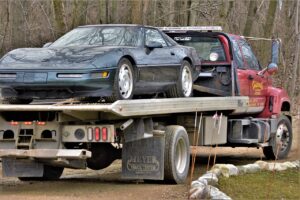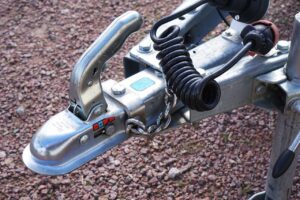In the intricate ecosystem of indoor farming, every component plays a vital role in ensuring the health and productivity of crops. Among these, grow light power cords are fundamental, providing the essential link between electricity and the grow lights that simulate sunlight. Given their importance, the safety standards governing these power cords are stringent and multifaceted. Understanding these standards is crucial for growers, manufacturers, and distributors alike, as compliance ensures safety, reliability, and operational efficiency. This blog post delves into the key safety standards for grow light power cords, offering insights into what you need to know to navigate the regulatory landscape.
The Foundation of Safety Standards
Safety standards for grow light power cords are designed to prevent electrical hazards, such as short circuits, electric shocks, and fire risks. These standards are set by recognized bodies both nationally and internationally, including:
- Underwriters Laboratories (UL): In the United States, UL is one of the most recognized certification organizations, setting safety standards for electrical devices and components, including power cords.
- International Electrotechnical Commission (IEC): Globally, the IEC sets international safety standards for all electrical, electronic, and related technologies.
- Canadian Standards Association (CSA): In Canada, the CSA is responsible for developing standards for a wide range of products, including electrical components.
Key Safety Standards for Grow Light Power Cords
- UL 817 (Cord Sets and Power-Supply Cords): This standard covers the safety requirements for cord sets and power-supply cords for use in a variety of environments, including agricultural settings.
- IEC 60227 (Polyvinyl Chloride Insulated Cables of Rated Voltages up to and Including 450/750 V): This series of standards specifies requirements for the construction, dimensions, and electrical properties of PVC insulated cables, commonly used in grow light power cords.
- IEC 60332 (Tests on Electric Cables Under Fire Conditions): This standard outlines the methods for testing the flame retardant properties of electric cables, an essential safety aspect for grow light power cords.
Understanding IP Ratings
In addition to these standards, the Ingress Protection (IP) rating system is crucial for evaluating the suitability of power cords in the moisture-rich environments typical of indoor farming. The IP rating denotes the cord’s level of protection against solid objects and liquids. For grow light systems, a higher IP rating (e.g., IP65 or above) indicates that the power cord is dust-tight and protected against water jets, making it suitable for use in environments where water exposure is likely.
Compliance and Certification
Compliance with safety standards is not merely a legal obligation; it’s a marker of quality and reliability. Manufacturers and suppliers of grow light power cords should seek certification from accredited bodies to validate their compliance. This certification process involves rigorous testing and evaluation of the power cords against the relevant standards. Certified products are typically marked with the certifying body’s logo, signaling to consumers and regulators that they meet the required safety criteria.
The Importance of Regular Testing and Inspection
Adhering to safety standards is an ongoing process. Regular testing and inspection of grow light power cords are essential to ensure they continue to operate safely over time. Wear and tear, environmental factors, and operational stress can degrade a cord’s integrity, posing potential safety risks. Implementing a routine inspection and maintenance schedule can help identify and mitigate these risks before they lead to accidents or equipment failure.
Conclusion
Safety standards for grow light power cords are a critical aspect of indoor farming, safeguarding not only the crops and equipment but also the people who work with them. By understanding and complying with these standards, growers can ensure their operations are safe, efficient, and productive. As the industry continues to grow and evolve, staying informed about safety regulations and best practices will remain essential.
At WiringLabs, we prioritize safety and compliance in all our products. Our grow light power cords are designed and tested to meet the highest safety standards, providing our customers with reliability and peace of mind. If you’re looking for safe, certified, and high-quality power solutions for your indoor farming needs, feel free to contact WiringLabs.



